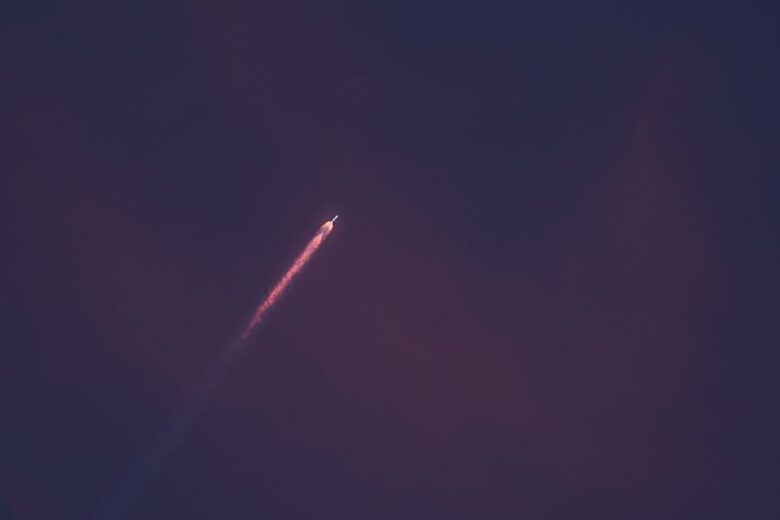The Importance of Technology in UFO Investigations
Unraveling the mysteries of unidentified flying objects (UFOs) has been a captivating pursuit for decades. As our technological capabilities advance, so do our methods of investigating these enigmatic phenomena. From high-tech cameras to sophisticated data analysis tools, technology plays a crucial role in uncovering the truths behind UFO sightings. In this blog post, we’ll explore how modern technology aids in UFO investigations, bringing us closer to understanding the unknown.
Table of Contents
- Introduction
- Modern Surveillance and Cameras 📷
- Data Analysis and AI 🤖
- Communication and Networking 🌐
- Conclusion
- FAQs
Introduction
UFOs have always been surrounded by an air of mystery, sparking curiosity and debate among enthusiasts and skeptics alike. As technology evolves, our ability to investigate UFO sightings has improved dramatically. In this digital age, we have an array of tools at our disposal that can help us capture, analyze, and communicate information about these mysterious objects. Let’s dive into the ways technology is reshaping UFO investigations.
Modern Surveillance and Cameras 📷
One of the most significant technological advancements aiding UFO investigations is the development of high-resolution cameras and surveillance equipment. Unlike the grainy images of the past, today’s cameras can capture detailed footage that offers clearer insights into UFO sightings.
🔍 **High-Resolution Imaging:** Modern cameras, including those found in smartphones, offer high-resolution imaging that helps capture more detailed evidence of UFOs. With features like optical zoom and low-light performance, these devices can record sightings with unprecedented clarity.
🌌 **Drones and Aerial Surveillance:** Drones equipped with advanced cameras can provide unique aerial perspectives, offering a broader view of the skies. They can be deployed quickly to investigate sightings, capturing video and images from angles that were previously inaccessible.
Data Analysis and AI 🤖
The sheer volume of data available from UFO sightings can be overwhelming. Fortunately, data analysis tools and artificial intelligence (AI) have emerged as powerful allies in sifting through this information to identify patterns and anomalies.
📊 **Big Data Analytics:** By collecting and analyzing large datasets from various sightings, researchers can identify trends and correlations that might otherwise go unnoticed. This can help pinpoint areas with frequent UFO activity and discern common characteristics among sightings.
🧠 **AI and Machine Learning:** AI algorithms can process and analyze images and videos far more quickly and accurately than humans. Machine learning models can be trained to recognize patterns in UFO sightings, distinguishing between potential extraterrestrial activity and more mundane explanations, such as weather phenomena or human-made objects.
Communication and Networking 🌐
Effective communication and networking are essential for sharing information and collaborating on UFO investigations. Modern communication technologies enable researchers to connect and share data instantaneously, no matter where they are in the world.
💬 **Social Media and Online Platforms:** Social media platforms provide a space for individuals to share their experiences and findings. By analyzing social media trends and reports, investigators can quickly identify new sightings and gather eyewitness accounts.
🔗 **Global Networks and Collaborations:** Organizations and researchers can collaborate across borders, pooling their resources and knowledge. This global network enhances our collective ability to investigate UFO sightings and share findings in real-time.
Conclusion
Technology has revolutionized the field of UFO investigations, providing tools that enhance our ability to capture, analyze, and communicate information about UFO sightings. From high-resolution cameras to AI-driven data analysis, these advancements bring us closer to unraveling the mysteries that have fascinated humanity for generations. As technology continues to evolve, so too will our understanding of UFOs and the potential for discovering new truths about our universe.
FAQs
Q1: How do modern cameras improve UFO investigations?
A1: Modern cameras offer high-resolution imaging and advanced features like optical zoom and low-light performance, enabling clearer and more detailed captures of UFO sightings.
Q2: What role does AI play in analyzing UFO data?
A2: AI assists by quickly processing and analyzing large volumes of data, identifying patterns, and distinguishing between potential UFO activity and other explanations, such as natural phenomena or human-made objects.
Q3: How do online platforms contribute to UFO research?
A3: Online platforms and social media facilitate the sharing of eyewitness accounts and sightings, allowing researchers to gather data and identify trends rapidly.
Q4: Can drones be useful in UFO investigations?
A4: Yes, drones provide unique aerial perspectives and can quickly capture video and images of UFO sightings from angles that were previously inaccessible.
Q5: Why is global collaboration important in UFO research?
A5: Global collaboration pools resources and expertise, enhancing our ability to investigate sightings and share findings, thereby accelerating the discovery process.
Looking for a side hustle
Check out one of the best around atm
